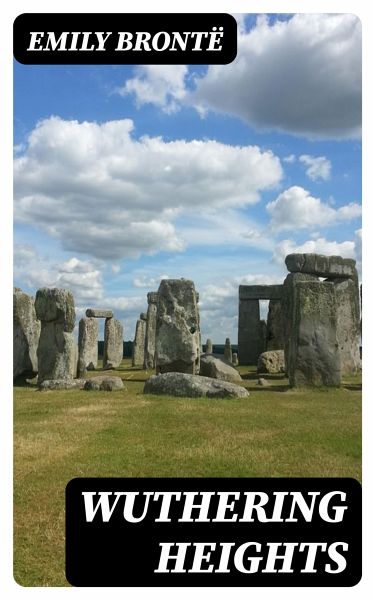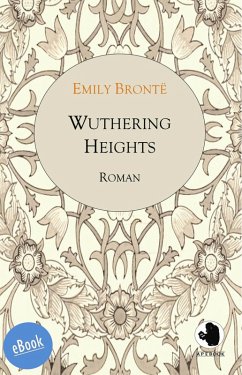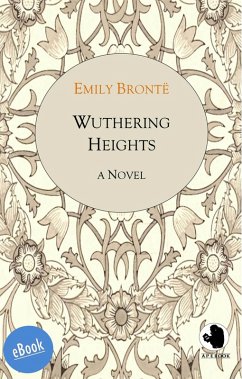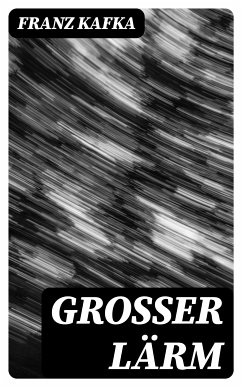
Wuthering Heights (eBook, ePUB)

PAYBACK Punkte
0 °P sammeln!
In Emily Brontë's profound novel, Wuthering Heights, the intricate interplay of passion and revenge unfolds against the backdrop of the Yorkshire moors, where the tempestuous love affair between Heathcliff and Catherine Earnshaw reveals the darker aspects of human nature. Brontë's use of a multi-layered narrative structure, conveyed through the lenses of various characters, serves to deepen the complexity of her themes, exploring social class, nature versus nurture, and the inescapable grip of the past. The novel's gothic elements, characterized by its bleak setting and tragic figures, reson...
In Emily Brontë's profound novel, Wuthering Heights, the intricate interplay of passion and revenge unfolds against the backdrop of the Yorkshire moors, where the tempestuous love affair between Heathcliff and Catherine Earnshaw reveals the darker aspects of human nature. Brontë's use of a multi-layered narrative structure, conveyed through the lenses of various characters, serves to deepen the complexity of her themes, exploring social class, nature versus nurture, and the inescapable grip of the past. The novel's gothic elements, characterized by its bleak setting and tragic figures, resonate with the era's burgeoning interest in Romanticism and the exploration of emotional depth, challenging readers to confront the legacy of unbridled desire. Emily Brontë's background as a reclusive member of the Brontë literary family, alongside her profound connection to her native moors, greatly informed her writing. Growing up in a household of creativity and tragedy, and drawing from her own experiences of solitude and loss, Brontë crafted Wuthering Heights as a reflection of her inner world and social observations, ultimately channeling her experiences into a haunting narrative that stands apart from the more conventional love stories of her time. I highly recommend Wuthering Heights to readers who are drawn to complex characters and morally ambiguous narratives. Brontë's work transcends the typical boundaries of love and tragedy, inviting an exploration of the human condition that is as relevant today as it was upon its publication. Engaging with this novel is not merely a literary experience; it is an emotional journey through the tumultuous landscape of love, loss, and the pursuit of identity.
Dieser Download kann aus rechtlichen Gründen nur mit Rechnungsadresse in A, B, BG, CY, CZ, D, DK, EW, E, FIN, F, GR, H, IRL, I, LT, L, LR, M, NL, PL, P, R, S, SLO, SK ausgeliefert werden.














